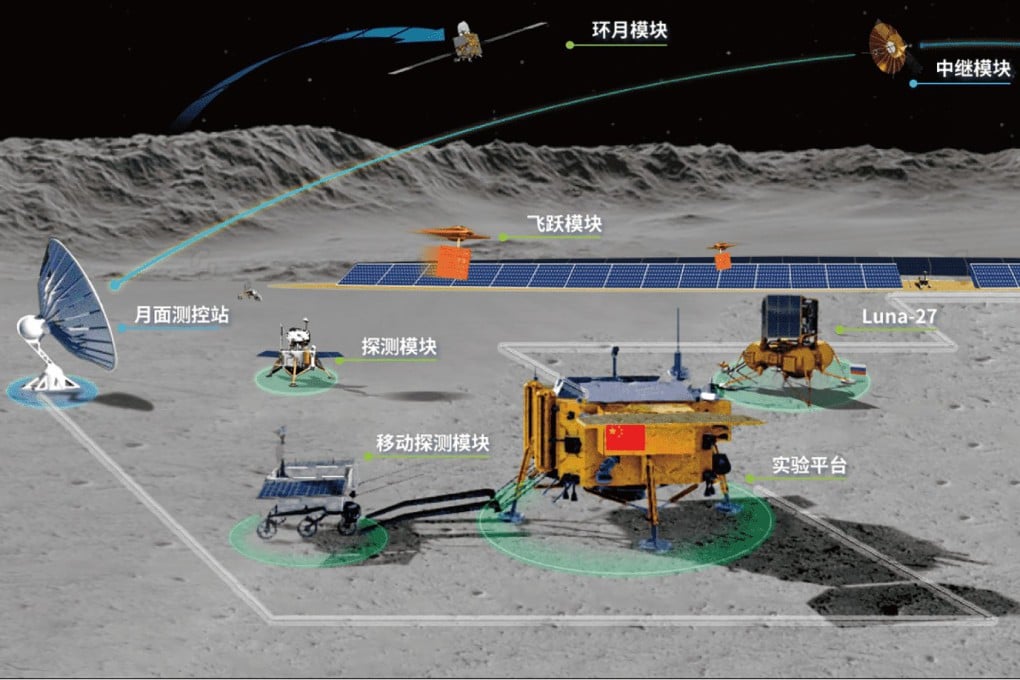China team uses Cold War material to pave the way for a moon highway
- Researchers say they are close to solving the intractable problem of building lunar infrastructure
- At the heart of the project is ‘soil cement’ – a material discovered in the 1950s by a Soviet Union scientist

“I have often dreamed of building a road on the moon,” said Zhou Siqi, lead author of a paper on the project, published in the peer-reviewed China Journal of Highway and Transport.
Speaking by phone to the South China Morning Post, Zhou said that, despite the complex technologies involved, “the scene at the construction site can be quite simple, with a robot scooping the lunar dust with one arm and laying the bricks with the other”.
Led by professor Li Feng, Zhou – a PhD candidate with Beihang University’s transport science and engineering school – and her colleagues turned to a geopolymer discovered in the 1950s to solve the problem of building infrastructure on the moon.
Soviet Union scientist Viktor Glukovsky stumbled accidentally on the material – initially known as “soil cement” – in a strange physical-chemical reaction that turned soft rock powder into a hard, ceramic-like material.
Unlike normal cement that needs to bind with the same amount of water as its weight, the geopolymer needs only a small amount to facilitate the reaction between rock powder and sodium hydroxide – a cheap chemical used to flush dirty pipes.
